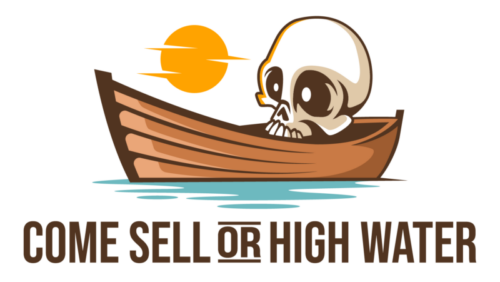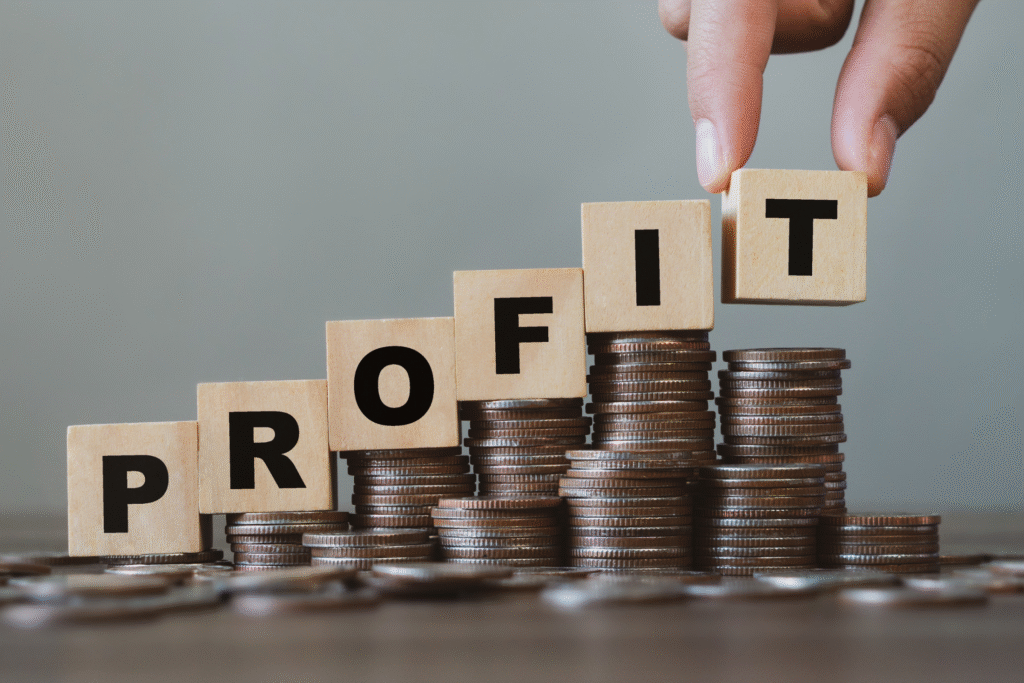Every founder dreams of scale. More stores, more shelves, more exposure. But in 2025, the harsh truth is that growth at all costs is no longer a viable strategy in consumer packaged goods (CPG). The industry has reached a crossroads where distribution expansion must be carefully balanced against financial sustainability. The winners will be those who resist the temptation to sprint and instead master the discipline of profitable growth.
This blog explores why profitability and distribution are often at odds, what the real costs of rapid expansion look like, and the practical steps founders can take to navigate this crossroads successfully.
The Illusion of Distribution-First Growth
For years, many founders have equated success with securing big retail wins. The thinking went like this: “If I can get into more doors, everything else will work itself out.”
Unfortunately, that mindset has bankrupted countless startups. Expanding distribution without the financial foundation to support it often leads to unsustainable slotting fees, promotional costs, and logistical headaches. A case study highlighted in BoochNews describes a CPG founder who rushed into national distribution only to discover that margins eroded with every shipment, leaving the company cash-poor and unable to sustain operations.
The lesson is clear. Distribution does not guarantee profitability. In fact, without discipline, it can accelerate losses.
Why 2025 Demands a Different Approach
Several industry shifts have made profitability more critical than ever:
- Higher slotting and promotional costs: Retailers are charging more to bring in new products and expecting heavier promotional support.
- Consumer caution: Inflation and value-conscious shopping trends mean that consumers are less likely to impulse buy unproven products.
- Investor expectations: According to Bain’s Consumer Products Report 2025, capital markets are rewarding brands that show financial discipline rather than just rapid top-line growth.
- Operational complexity: Expanding into new regions increases the risk of supply chain inefficiencies, spoilage, and compliance issues.
In short, the old growth-at-all-costs playbook no longer applies.
Profitability vs. Distribution: The Key Trade-Offs
To understand the crossroads, it helps to break down the specific trade-offs founders face.
1. Slotting vs. Margin
Expanding into major retailers often requires slotting fees. While the exposure is valuable, the upfront cost can crush margins if not planned for.
2. Freight Costs vs. Scale
Shipping product across the country can dramatically increase costs, especially for brands without established logistics partners. Larger scale only helps if margins are strong enough to absorb freight.
3. Trade Spend vs. Consumer Awareness
Promotional allowances and discounts can drive trial but eat into profitability. The question is whether those promotions generate sustainable repeat purchases.
4. Local Strength vs. National Presence
Brands often perform better when they dominate a region before expanding nationally. Expanding too early spreads resources thin and makes it harder to build brand loyalty.
Five Practical Rules for Balancing Growth and Profitability
So how can founders avoid the trap of distribution-first expansion? Here are five practical rules.
Rule 1: Master Your Unit Economics First
If you don’t know your true cost per unit, landed cost, and trade spend requirements, you are flying blind. Use tools like the Unit Economics Tool to build a realistic model of profitability before committing to new distribution.
Rule 2: Win Regionally Before Going National
The strongest brands prove themselves in one or two regions before expanding. Regional dominance provides proof of velocity and builds leverage for national negotiations.
Rule 3: Align Distribution with Demand, Not Ego
Expansion should be driven by consumer pull, not founder ambition. If consumers are actively requesting your product in new regions, the move makes sense. If not, wait.
Rule 4: Build a Sustainable Promotion Plan
Promotions are necessary, but they must be balanced against long-term repeat purchase goals. Design promotions that introduce consumers to your product while protecting margins.
Rule 5: Keep Investors and Advisors Close
Transparency with investors about your growth strategy builds trust. It also gives you access to advisors who have seen the consequences of overexpansion.
A Case Study in Smarter Growth
Consider two snack companies in 2025.
- Brand A secured placement in a national grocery chain after only 18 months in business. Excited by the opportunity, they stretched their production capacity, borrowed heavily to cover slotting, and funded aggressive promotions. Within a year, margins collapsed, debt mounted, and the brand folded.
- Brand B focused first on building dominance in the Northeast. They partnered with local distributors, fine-tuned pricing, and reinvested profits into marketing. Only after demonstrating strong velocity did they expand to a second region. By the time they approached national chains, they had the data and financial strength to negotiate from a position of power.
The difference? Discipline, patience, and prioritizing profitability over ego.
How to Decide if You’re Ready for Distribution Expansion
Ask yourself these questions before saying yes to new distribution:
- Do I fully understand my landed costs and margins?
- Can I afford the slotting fees and promotional spend without sacrificing profitability?
- Do I have strong repeat purchase data in my current markets?
- Am I expanding because of consumer demand or founder ambition?
- Do I have the operational capacity to deliver without disruption?
If you cannot answer yes to these questions, it may be too soon to expand.
Why Founders Need Guidance at the Crossroads
The decision between profitability and distribution is rarely black and white. Every brand has unique strengths and challenges. That is why outside perspective is so valuable. At Come Sell or High Water, we help founders assess their numbers, evaluate distribution opportunities, and design growth strategies that do not sacrifice long-term stability for short-term wins.
You can learn more about our approach on the Contact page or explore how we help founders run the numbers through the Unit Economics Tool.
Closing Thoughts
The CPG industry in 2025 is unforgiving to brands that chase growth without discipline. Distribution can open doors, but it also amplifies weaknesses. Profitability, on the other hand, creates resilience and gives founders leverage when the right distribution opportunities arise.
The real question for founders is not “How fast can I grow?” but “How profitably can I grow?” Those who answer the second question first will still be around to celebrate their success five years from now.

